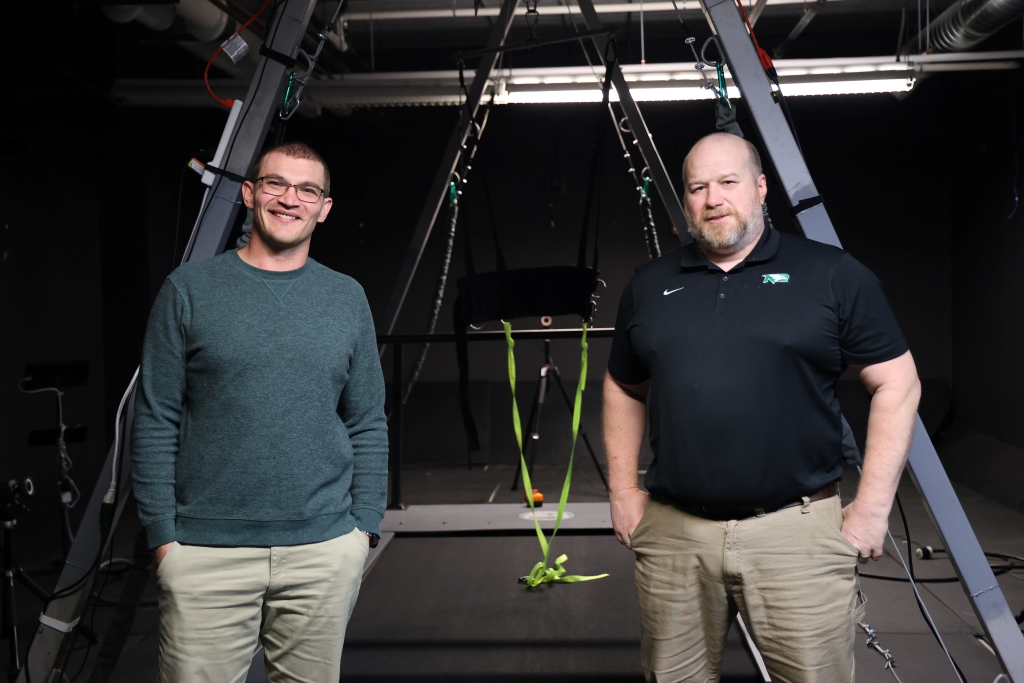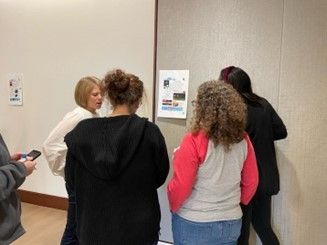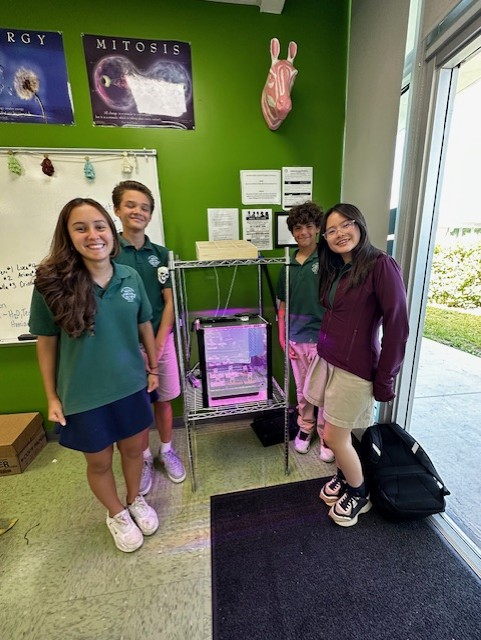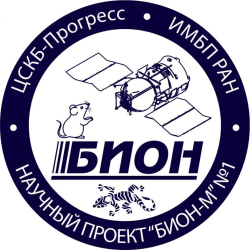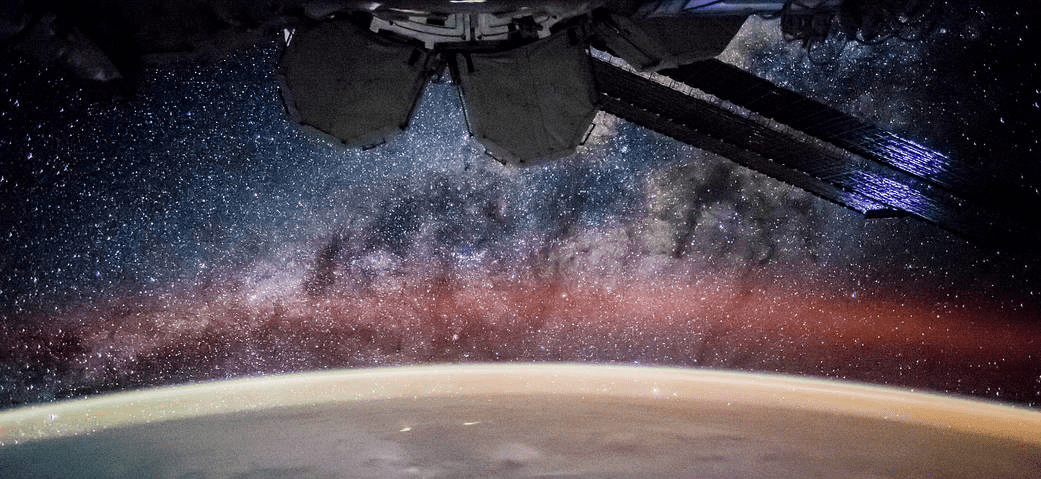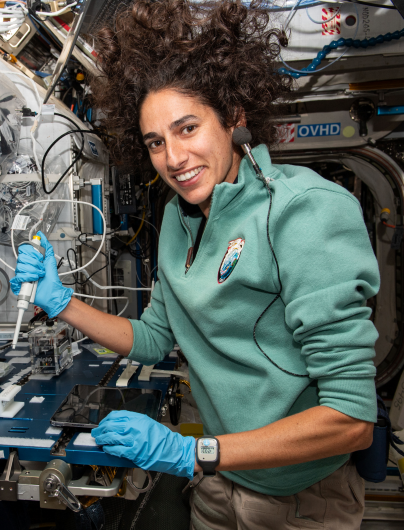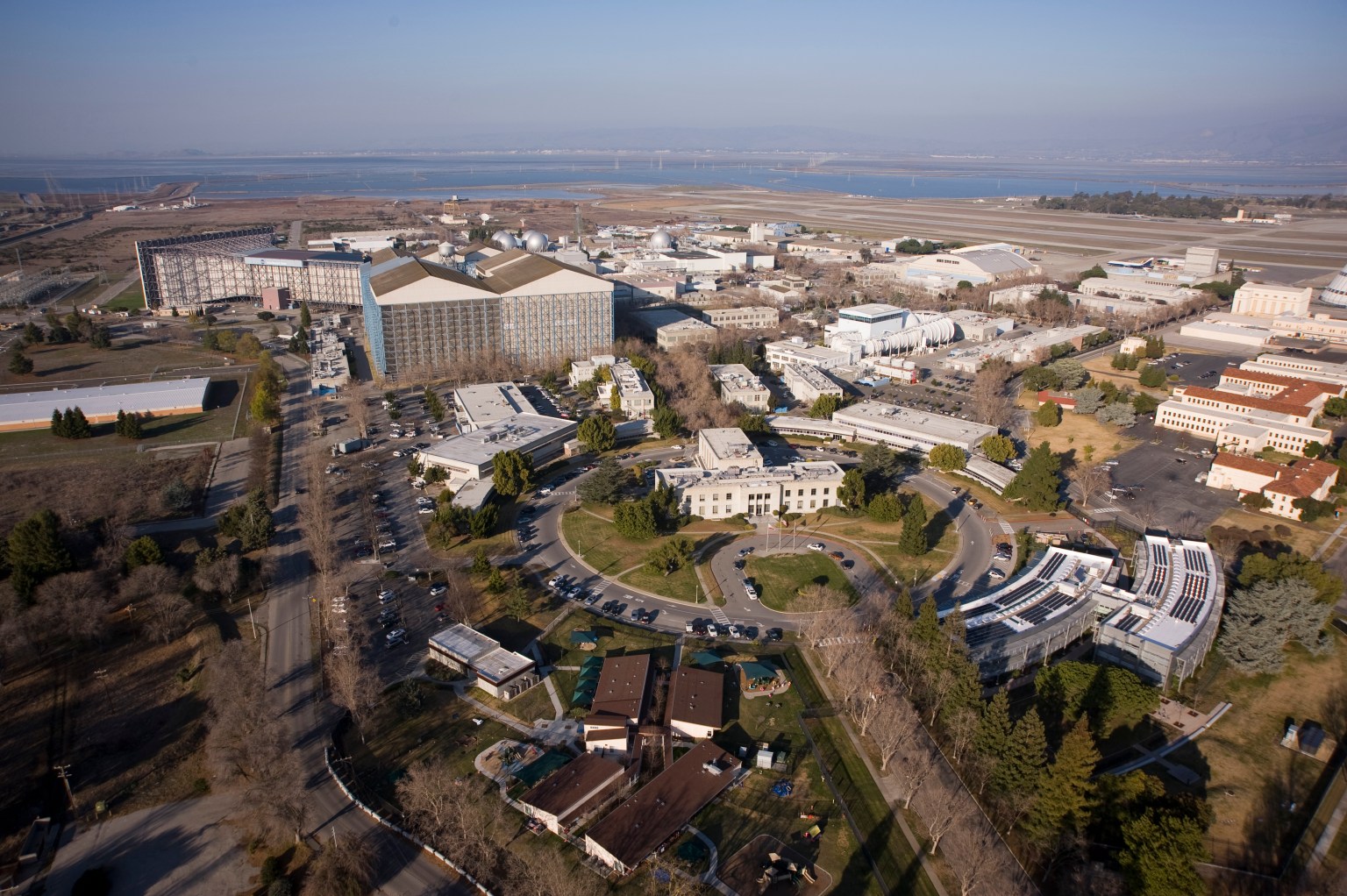Bion-M1
NASA’s participation in the Bion-M1 mission continues the 30+-year history of collaborative research between NASA and the Russian Institute of Biomedical Problems (IMBP), Moscow. Bion-M1 is a cooperative research mission in which nine U.S. investigators are working with Russian investigators to conduct the experiments and participate in a biospecimen sharing program. On April 19, 2013 the Bion-M1 mission launched an unmanned automated spacecraft carrying biological research experiments into low Earth orbit from Baikonur, Kazakhstan.
When the mission returned on May 19, 2013 after the animals were in space for 30 days, U.S. scientists conducted post-flight analysis of the mice . This work was conducted in laboratories at the Institute of Biomedical Problems in Moscow. All of the mice that Russian scientists had shared with their U.S. colleagues returned from space in good health. All of the U.S. Investigators were successful in meeting their post-flight scientific objectives. Biospecimens from the flight experiments were shipped from Moscow to the laboratories of the U.S. principal investigators and are now being studied.
On July 27, 2013, The Russian Institute of Biomedical Problems initiated ground control experiments that mimicked the conditions of the Bion-M1 flight. The ground experiment ran for 30 days, as did the flight mission, concluding on August 26, 2013. The team of U.S. investigators traveled to Moscow just prior to completion of the ground study to participate in the post-study analysis of the ground control group of mice. The team successfully met their objectives and biospecimens were shipped to Ames Research Center for distribution to the U.S. investigators. The U.S. teams are analyzing samples from the flight and ground control experiments and will compare the results.
NASA researchers are studying the cellular mechanisms responsible for spaceflight-induced changes on tissues and cell growth in mice, including muscle, bone and the cardiovascular and reproductive systems. They are also studying behavioral effects of spaceflight on rodents.
Knowledge gained in the use of animals reveals the fundamental mechanisms of adaptation to spaceflight. Such knowledge provides insight for potential long duration human spaceflight risk mitigation strategies and potential new approaches for Earth bound biomedical problems.
Project Team
Project Manager – Nicole Rayl, NASA, Ames Research Center
Project Science Manager – Richard D. Boyle, NASA, Ames Research Center
Science Program Support – Kenneth A. Souza, Dynamac, Ames Research Center
Program Support – Galina Tverskaya, Lockheed Martin, Ames Research Center
Science Support – Paula M. Dumars, Lockheed Martin, Research Center
Logistics Support – Vera Vizir, Lockheed Martin, Ames Research Center
Contracting Officer – Justin Pane, NASA, Ames Research Center
Bion-M1 rodent research, U.S. Principal Investigators
Jeffrey Alberts, Ph.D., Indiana University in Bloomington.
Studies of naturalistic behavior of rodents on ground and in space.
Eduardo Almeida, Ph.D., NASA’s Ames Research Center at Moffett Field, Calif.
Tissue studied: Pelvis and femur (proximal ends).
Objective: Determine if a key regulatory cell-signaling pathway (p53) is responsible for space-induced arrest of normal cell proliferation.
Michael Delp Ph.D., University of Florida in Gainesville.
Tissue studied: Arteries and arterioles.
Objective: Determine whether microgravity alters arterial vascular structure and key signaling pathways in cerebral arteries, the thoracic and abdominal aorta, mesenteric arteries, femoral arteries, and soleus and gastrocnemius muscle feed arteries & plantaris and medial head of gastrocnemius muscles.
Alan R Hargens, PhD., University of California, San Diego.
Tissue studied: Spinal column.
Objective: Determine if intervertebral disc morphology, cell content, swelling pressure, and glycosaminoglycan and proteoglycan concentrations will significantly decrease following exposure to space flight.
Larry Hoffman Ph.D., Geffen School of Medicine at the University of California, Los Angeles.
Tissue studied: Inner ears (temporal bone).
Objective: Determine if exposure to microgravity induces synaptic plasticity in the utriculi and sacculi and determine if the readily releasable pool of vesicles at the active zone of utricular hair cell synapses are hemifused to the presynaptic membrane, and this pool of vesicles is labile to changes in the ambient gravitational environment.
David Fitzgerald Ph.D., Oregon Health & Science University in Portland.
Tissue studied: articulating knee joints and elbow joints.
Objective: Determine if the reduced biomechanical forces due to microgravity impair the ability of chondrocytes to maintain healthy articular cartilage, leading to increased cartilage breakdown.
Maija Mednicks, Ph.D., University of Connecticut Health Center in Farmington.
Tissue studied: Salivary and parotid glands.
Objective: Determine if extended weightlessness alters salivary glands.
Joseph S. Tash, Ph.D., University of Kansas Medical Center in Kansas City.
Tissue studied: Reproductive organs (testes and epididymides).
Objective: Determine microgravity influences on sperm production, motility, and male reproductive health in mice.
Stavros Thomopoulos Ph.D., Washington University in St. Louis.
Tissue studied: supraspinatus humerus-rotator cuff and Achilles tendon – bone unit.
Objective: Examine the effect of prolonged weightlessness on the biology of tendons and their insertions into bone.
For more information about the Bion-M1 Mission:
View the Lawrence Journal-World’s story on Principal Investigator Joseph Tash’s participation in the Bion M-1 mission (06.10.2013)


















